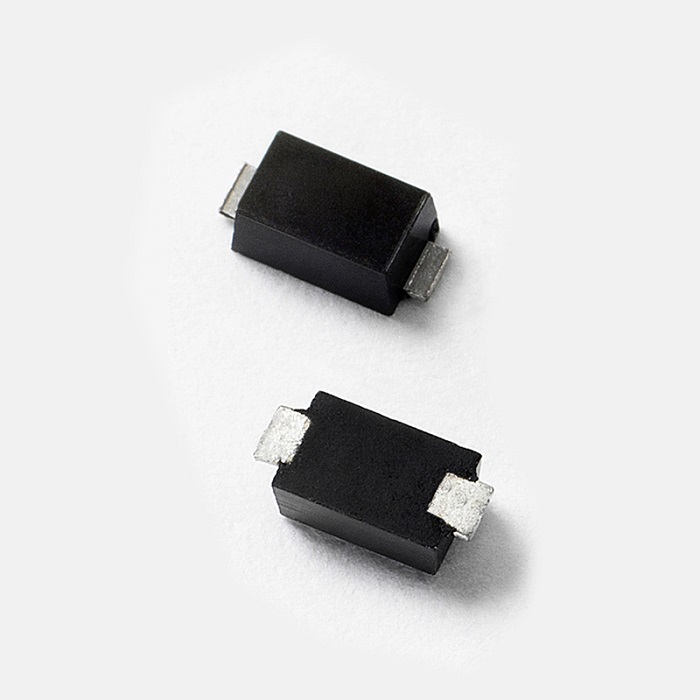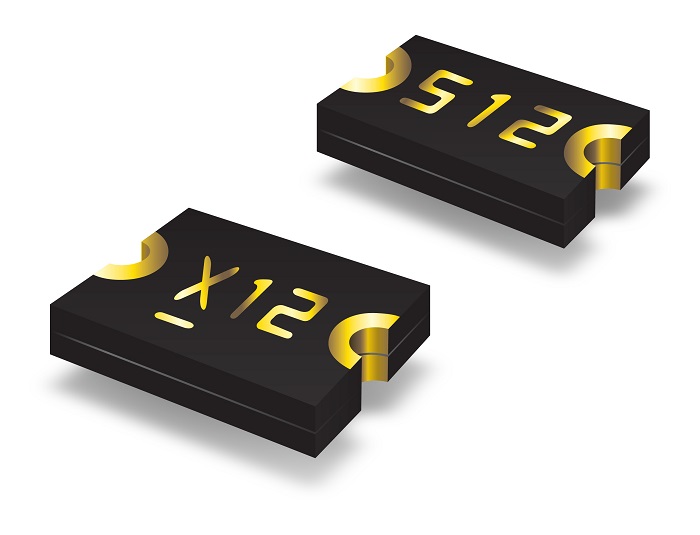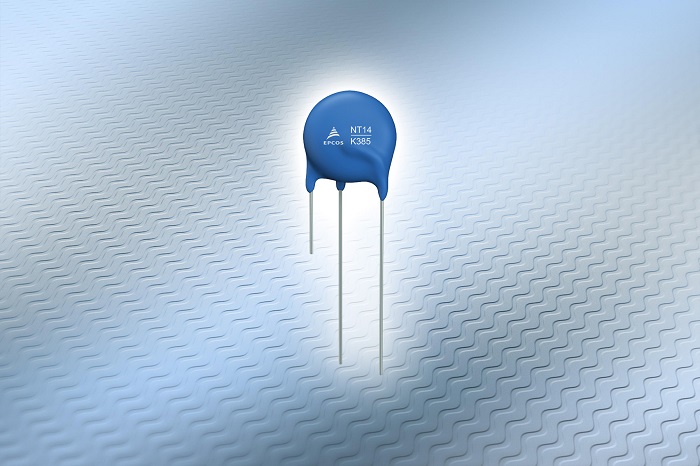By Majeed Ahmad, contributing writer
Circuit protection, an intrinsic part of electronics design, is continually incorporating advanced technologies while it serves specialized use cases with intelligent new features and compact footprints. Here is a selection of circuit protection devices — including fuses, circuit breakers, surge protection ICs, and electrostatic discharge (ESD) protection devices — that aid a broad array of designs ranging from automotive and industrial automation to home appliances and smartphones.
1. Supercapacitor auto-balancing
The supercapacitor auto-balancing (SAB) MOSFETs from Advanced Linear Devices (ALD) automatically balance the leakage current of each supercapacitor cell connected in a stack and thus balance voltage in each cell to prevent overvoltage damages in a variety of battery applications. It’s an active cell-balancing method that lowers the operating bias voltage of the leakier of two supercapacitors.
ALD also provides PCBs populated with SAB MOSFETs, and these boards can also be used for prototyping power designs. The SAB MOSFETs enable ultra-low-power operation and are highly suitable for applications that demand long battery life without maintenance or replacement. (See related article: Why MOSFETs are the best choice for automatically balancing supercapacitor leakage )
2. Battery protection IC for three- to five-serial-cell batteries
The protection IC for three- to five-serial-cell batteries from Japan’s ABLIC Inc. directly controls an external FET to protect batteries from being overcharged or over-discharged. The S-8245A/B/C/D Series also provides temperature protection while monitoring four temperature types.
Moreover, a power-saving function prevents dark current from causing loss of battery pack capacity during shipping. Next, the protection IC allows designers to configure protection circuits comprising six or more cells. The accuracy of the overcharge detection voltage is ±20 mV, while power consumption is 20 μA maximum.
3. PTC thermistor with highest voltage rating
Ametherm’s new series of ceramic PTC circuit protection thermistors claim to have combined the industry’s highest voltage rating of up to 1,200 Vdc with the lowest available resistance. The CL20 Series PTC thermistors provide stability and reliability in high-voltage applications and are optimized for inrush current limiting in pre-charge circuits and heater applications in addition to overcurrent protection.
These PTC thermistors also provide an alternative to fixed resistors. They offer five resistance values at 25°C from 7 W to 100 W while bringing tolerance down to 25% to accommodate a variety of pre-charge times. And the resistance values remain unchanged over the operating temperature range of –40°C to 110°C.
4. Protection thyristor for data lines
The new thyristor developed by Littelfuse Inc. provides safeguards for composite video blanking sync (CVBS) signal lines and ports from damaging overvoltage transients. The P0080S4BLRP protection thyristor facilitates data-line protection for a wide range of applications spanning from data and camera cables to set-top boxes and CAN bus systems.

The Littelfuse thyristor is designed for the protection of low-voltage signal-line applications. (Image: Littelfuse)
The P0080S4BLRP features minimum operating voltage of 6 V and 100-A 5/310-µS surge peak current capability. Moreover, the junction capacitance of less than 30 pF makes it highly suitable for 4.43-MHz CVBS signals, RS-484 and RS-323 data lines, and CAN Bus. The new thyristor offers higher power density in a smaller footprint, which also simplifies the board design with a compact and surface-mount solution.
5. Thermal cutoff for USB-C cables
Bourns Inc. has launched a new family of polymeric thermal cutoff (P-TCO) devices that protect USB-C cables from destructive and potentially dangerous thermal runaway events. The P-TCO-U series comes in a 1210 footprint, while the P-TCO-N series is available in a 1206 footprint.

The Bourns thermal cutoff device provides safeguards for a variety of temperature-current combinations. (Image: Bourns)
The ability of USB Type-C connector to facilitate power along with communication signals in extremely tight pin spacing heightens the potential risk of safety hazards from thermal runaway conditions triggered by dirt or liquid entering the connector. The P-TCO devices accommodate USB 3.2, 3.1, 3.0, and 2.0 protocols as well as other types of data and charging cables.
6. Surge protection for mobile devices
Kinetic Technologies has unveiled an overvoltage protection IC that it calls a “behind the port” solution for consumer products like smartphones and tablets. The KTS1656 is a single-input, dual-output overvoltage-protected load switch that dramatically raises the USB port’s VBUS protection by doubling the surge-voltage protection and protecting against reverse-voltage conditions.
The surge protection IC is rated for a DC input voltage of up to 28 V and is mainly targeted at smartphones, tablets, wearable devices, and industrial equipment. KTS1656 is IEC61000-4-5 surge-rated at more than ±200 V for protection against power-grid spikes.
7. PTC thermistor as a resettable fuse
Murata’s ceramic PTC thermistors are aiming to provide a resettable fuse function for a broad range of automotive and industrial automation equipment. The PRG series of devices have low and flat resistance curve so that acceptable levels of current can efficiently flow through them.
On the other hand, excessive current causes the thermistor element to heat up, so once a certain temperature point has been reached, there is a significant reduction in current flow. That’s how the thermistor operates as a resettable fuse and restores current flow once the device’s temperature has reduced.
8. Fuse varistor in smaller footprint
The EPCOS ThermoFuse family of fuse-protected varistors from TDK has added two new compact members: the NT14 and NT20 series. ThermoFuse varistors, uniquely designed disk varistors, are connected in series with a thermally coupled fuse and are, therefore, intrinsically safe. If the varistor overheats, the thermal fuse trips and isolates the varistor from the grid.

The NT14 series offers a maximum energy absorption of up to 220 J. (Image: TDK)
The NT14 series featuring a disk diameter of 14 mm is designed to absorb maximum surge currents with an 8/20-μs pulse of 6 kA at rated voltages between 130 VRMS and 680 VRMS. The NT20 series, featuring a disk diameter of 20 mm, has a surge-current capability with an 8/20-μs pulse of 10 kA at rated voltages between 130 VRMS and 750 VRMS.
9. Automotive TVS for higher voltages
The new transient voltage suppression (TVS) diodes from Littelfuse protect automotive circuitry from a higher level of voltage transients induced by lightning and other transient voltage events. The TPSMB Series expands the breakdown voltage range from 7.5 V to 550 V for unidirectional and 10 V to 650 V for bidirectional devices.
First, the advent of electric vehicles (EVs) and hybrid electric vehicles (HEVs) using higher voltages makes this AEC-Q101–qualified TVS diode highly suitable for automotive applications. Second, it circumvents the need to use multiple TVS diodes in series to provide adequate protection. And the use of a single component instead of multiple TVS diodes simplifies design and reduces board space.
10. TVS array for smartphones
ProTek Devices has released ultra-low-capacitance (0.6-pF) TVS arrays for overvoltage circuit protection in smartphones and other portable devices. The GBLCxxCIDFN series of TVS arrays is available in multiple voltages and is rated at 250-W peak pulse power per line for an 8/20-µs waveshape.
The new TVS arrays, available in a bidirectional configuration, are compatible with IEC requirements for the 61000-4-2 standard for ESD immunity and feature a low clamping voltage. The TVS device protects one power or I/O port and can be used as a replacement for an MLV varistor.
Advertisement
Learn more about BournsElectronic Products MagazineEPCOSLittelfuseMurata Electronics North AmericaProTek DevicesTDK America





